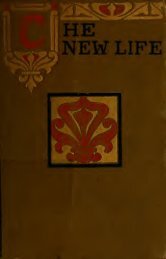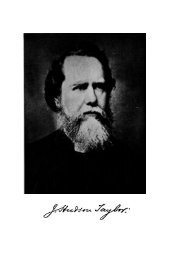The Case For Christ
The Case for Christ records Lee Strobel's attempt to "determine if there's credible evidence that Jesus of Nazareth really is the Son of God." The book consists primarily of interviews between Strobel (a former legal editor at the Chicago Tribune) and biblical scholars such as Bruce Metzger. Each interview is based on a simple question, concerning historical evidence (for example, "Can the Biographies of Jesus Be Trusted?"), scientific evidence, ("Does Archaeology Confirm or Contradict Jesus' Biographies?"), and "psychiatric evidence" ("Was Jesus Crazy When He Claimed to Be the Son of God?"). Together, these interviews compose a case brief defending Jesus' divinity, and urging readers to reach a verdict of their own.
The Case for Christ records Lee Strobel's attempt to "determine if there's credible evidence that Jesus of Nazareth really is the Son of God." The book consists primarily of interviews between Strobel (a former legal editor at the Chicago Tribune) and biblical scholars such as Bruce Metzger. Each interview is based on a simple question, concerning historical evidence (for example, "Can the Biographies of Jesus Be Trusted?"), scientific evidence, ("Does Archaeology Confirm or Contradict Jesus' Biographies?"), and "psychiatric evidence" ("Was Jesus Crazy When He Claimed to Be the Son of God?"). Together, these interviews compose a case brief defending Jesus' divinity, and urging readers to reach a verdict of their own.
Create successful ePaper yourself
Turn your PDF publications into a flip-book with our unique Google optimized e-Paper software.
tension on the muscles would be eased for a moment. In doing so,<br />
the nail would tear through the foot, eventually locking up<br />
against the tarsal bones. After managing to exhale, the person<br />
would then be able to relax down and take another breath in.<br />
Again he'd have to push himself up to exhale, scraping his<br />
bloodied back against the coarse wood of the cross. This would go<br />
on and on until complete exhaustion would take over, and the<br />
person wouldn't be able to push up and breathe anymore. As the<br />
person slows down his breathing, he goes into what is called<br />
respiratory acidosis-the carbon dioxide in the blood is dissolved<br />
as carbonic acid, causing the acidity of the blood to increase.<br />
This eventually leads to an irregular heartbeat. In fact, with<br />
his heart beating erratically, Jesus would have known that he was<br />
at the moment of death, which is when he was able to say, 'Lord,<br />
into your hands I commit my spirit.' And then he died of cardiac<br />
arrest."<br />
It was the clearest explanation I had ever heard of death by<br />
crucifixion-but Metherell wasn't done.<br />
"Even before he died-and this is important, too-the hypovolemic<br />
shock would have caused a sustained rapid heart rate that<br />
would have contributed to heart failure, resulting in the<br />
collection of fluid in the membrane around the heart, called a<br />
pericardial effusion, as well as around the lungs, which is<br />
called a pleural effusion." "Why is that significant?"<br />
"Because of what happened when the Roman soldier came<br />
around and, being fairly certain that Jesus was dead, confirmed<br />
it by thrusting a spear into his right side. It was probably his<br />
right side; that's not certain, but from the description it was<br />
probably the right side, between the ribs.<br />
"<strong>The</strong> spear apparently went through the right lung and into the<br />
heart, so when the spear was pulled out, some fluid-the<br />
pericardial effusion and the pleural effusion-came out. This<br />
would have the appearance of a clear fluid, like water, followed<br />
by a large volume of blood, as the eyewitness John described in<br />
his gospel."<br />
John probably had no idea why he saw both blood and a clear fluid<br />
come out-certainly that's not what an untrained person like him<br />
would have anticipated. Yet John's description is consistent with<br />
what modern medicine would expect to have happened. At first this<br />
would seem to give credibility to John being an eyewitness;<br />
however, there seemed to be one big flaw in all this.


















